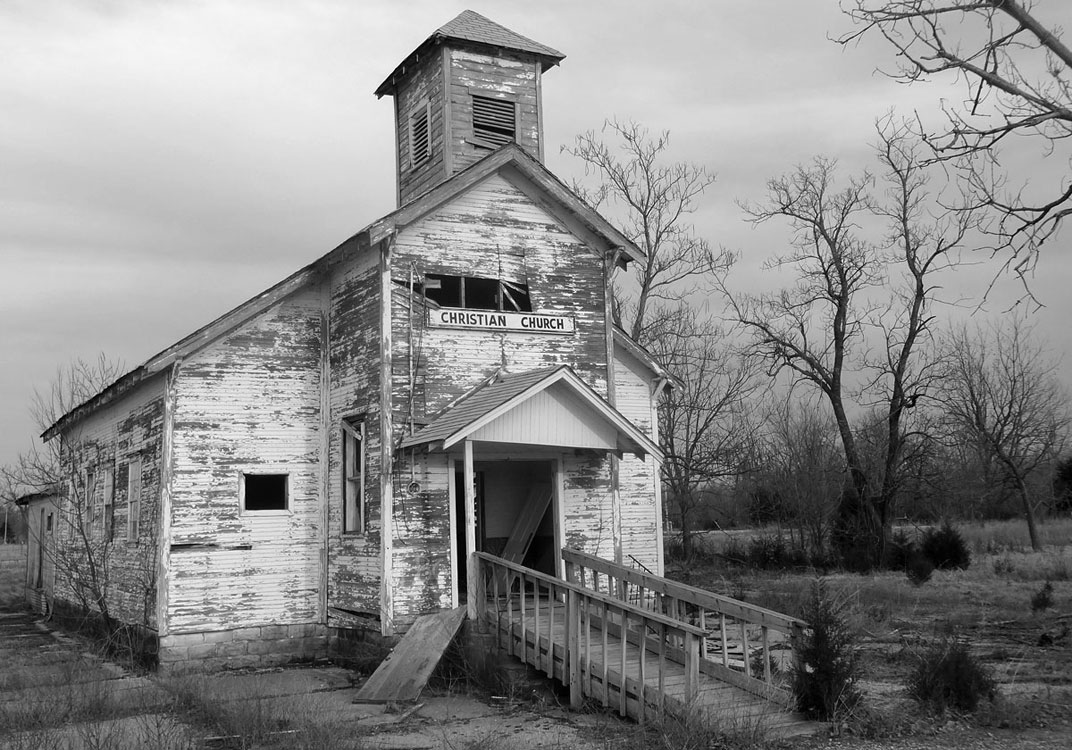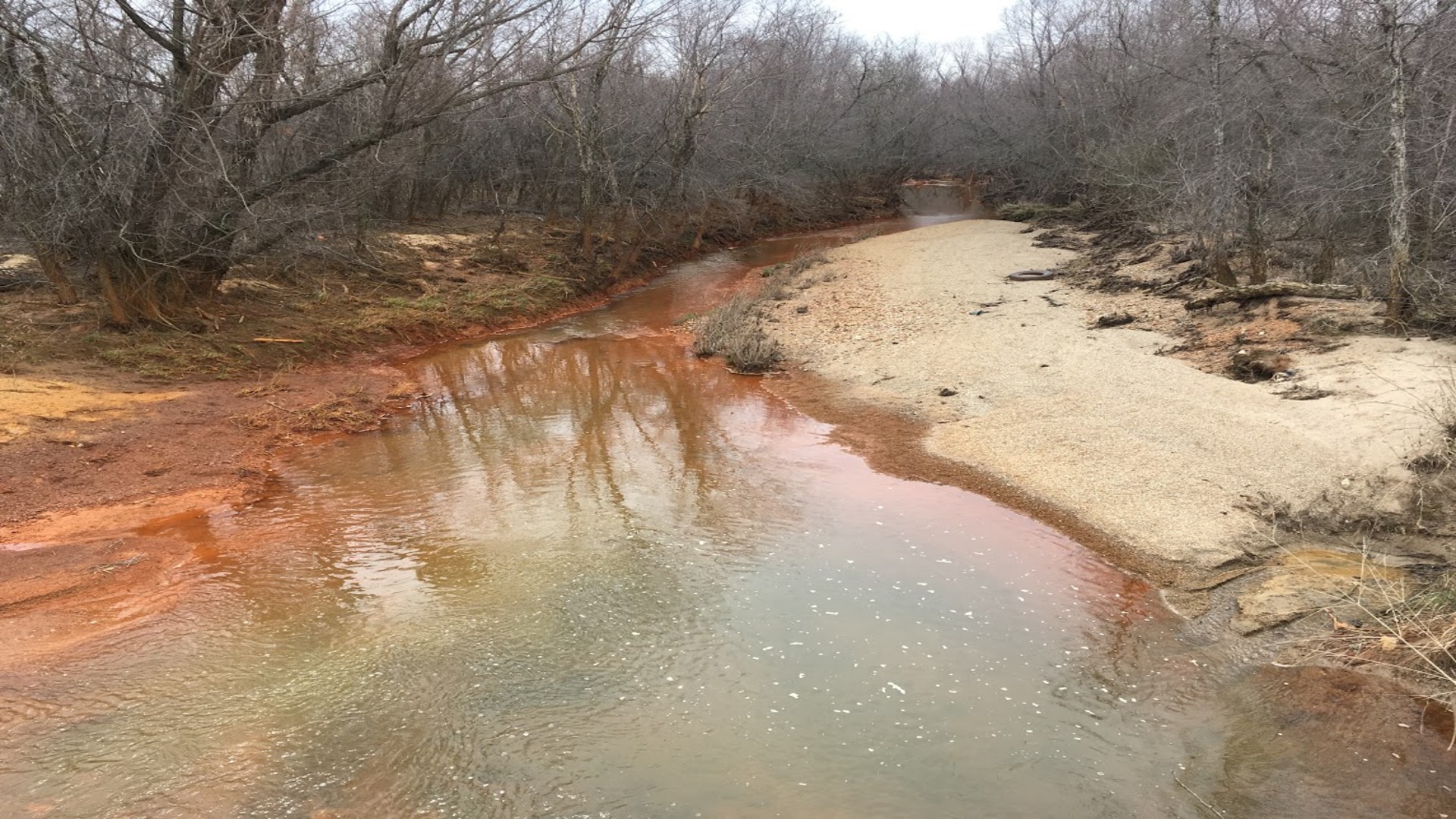
The haunting legacy of Picher serves as a stark reminder of the consequences of unchecked industrialization and environmental neglect. It stands as a chilling testament to the importance of preserving and protecting our hometowns from the ravages of industry. As the cleanup efforts continue, Picher’s toxic secrets may one day be buried forever, allowing the town to heal and perhaps even thrive once more. But for now, Picher remains a haunting reminder of a bygone era, a place where the past lingers in the shadows, waiting to be discovered by those brave enough to venture into its ghostly embrace.
Picher Oklahoma – A Haunted Mining Town of the Midwest
Welcome to Picher, Oklahoma, once a thriving mining community known for its lead and zinc mining industry during World War I and World War II. This town, nestled in the heart of the Midwest, has a haunting legacy that draws both fascination and unease.Picher’s history is one of booms and busts, environmental devastation, and eventual abandonment, leaving behind a ghost town shrouded in eerie tales and toxic secrets.Despite its toxic environment, Picher continues to captivate the curious, who are entranced by its surreal atmosphere and haunted allure.
Picher, Oklahoma is a place frozen in time, where remnants of its industrial past mingle with the eerie silence of abandonment. Once a bustling mining town, it now stands as a haunting reminder of the environmental and health hazards associated with mining operations. The town’s dark history echoes through its dilapidated buildings and empty streets, inviting visitors to explore its ghostly charm and unravel the secrets it holds. As the wind whistles through the broken windows and the sun casts long shadows over the deserted landscape, one cannot help but feel a sense of both trepidation and fascination.

History of Picher, Oklahoma
For over 100 years, Picher, Oklahoma served as a major center of lead and zinc mining. The discovery of rich mineral deposits in the early 1900s sparked a mining boom, transforming the once-quiet town into a thriving economic hub. Picher played a crucial role in supplying lead and zinc for the nation’s war efforts during World War I and World War II, earning it the nickname “The World’s Greatest Lead and Zinc Mining Field”. The mines operated around the clock, attracting workers from far and wide in search of employment and prosperity.
However, the prosperity came at a cost. Years of mining took a toll on the town. The ground beneath Picher was riddled with tunnels, causing buildings to sink and collapse. The constant blasting and excavation created an apocalyptic landscape, with towering piles of mine tailings, known as “chat,” dominating the horizon. The once-fertile land was transformed into a barren wasteland, scarred by the relentless pursuit of natural resources.
In 1983, Picher was designated as a Superfund site by the Environmental Protection Agency (EPA), acknowledging the severe environmental and health hazards caused by decades of mining operations. The toxic legacy left behind by the mining industry would have devastating consequences for the town and its residents. The dark shadow of lead contamination loomed over Picher, casting a pall of uncertainty and fear.

Environmental Issues and Lead Contamination
The mining operations in Picher left a legacy of severe environmental damage. The extraction of lead and zinc released harmful substances into the air, soil, and water, contaminating the very elements essential for life. Toxic mine tailings, known as “chat,” were scattered throughout the area, posing a threat to both the land and its residents. These chat piles, resembling mountains of gray rubble, contained high concentrations of lead, cadmium, and other heavy metals. The wind carried toxic particles, coating the town in a fine layer of poisonous dust.
The consequences of this contamination were dire, with high rates of lead poisoning among the town’s inhabitants. Lead poisoning can have devastating effects on the human body, particularly on the developing brains of young children. Shockingly, in 1994, 34% of children in Picher were found to have lead poisoning, a staggering statistic that revealed the true extent of the crisis. Faced with this alarming health crisis, the entire township was evacuated, and the government initiated a buyout program to relocate residents away from the danger. Families were uprooted from their homes, leaving behind a community that had once thrived but was now condemned to a ghostly existence.

The cleanup efforts have been ongoing, with the Environmental Protection Agency (EPA) releasing a strategic plan in 2019 to advance the cleanup and mitigate the environmental impact. However, progress has been slow, hampered by the sheer scale of the contamination and the complexities of remediation. The abandoned buildings and chat piles continue to haunt the landscape, serving as a chilling reminder of the toll that environmental neglect can exact on a community. Picher, Oklahoma stands as a stark testament to the price paid for the pursuit of economic gain without considering the long-term consequences.
Abandonment and Decline of Picher
Picher faced a steady decline that ultimately led to its abandonment. The government buyout and the town’s dissolution in 2009 marked the end of an era for Picher. The once-thriving community, which had a population of over 1,600 in 2000, rapidly dwindled to zero by 2010. The exodus of residents was hastened by a devastating EF4 tornado that tore through the town in 2008, leaving a trail of destruction in its wake. The tornado, with winds reaching up to 200 miles per hour, ripped apart buildings and added to the sense of desolation that already permeated the town. It was a cruel twist of fate that further sealed Picher’s fate, driving away the remaining residents and leaving behind a desolate and ghostly landscape.

Haunted Locations in Picher, Oklahoma
Picher, Oklahoma is not only known for its environmental hazards but also for its haunted reputation. The abandoned buildings and empty streets contribute to the eerie atmosphere that envelops the town, drawing in those with a taste for the supernatural. One of the most haunted locations in Picher is the former Picher High School. Closed in 2009, the school stands as a crumbling monument to the town’s past. Locals and paranormal enthusiasts claim to have witnessed strange occurrences within its dilapidated walls, from disembodied voices to inexplicable cold spots.

Curious explorers and urban adventurers are drawn to Picher’s ghostly charm, venturing into its forsaken sites despite the toxic environment. These intrepid individuals seek to capture the apocalyptic nature of Picher, documenting its haunting reminders of the past. They are lured by the mystery that hangs in the air, hoping to catch a glimpse of the supernatural or unravel the secrets that have been buried beneath the rubble. Picher, Oklahoma may be a ghost town, but its spirits are far from silent.
The cleanup efforts to address the toxic waste in Picher are ongoing, although progress has been slow. The Environmental Protection Agency (EPA) continues to work towards remediation, with a focus on stabilizing the chat piles and preventing further contamination of the surrounding areas. However, the scale of the environmental damage and the challenges involved in the cleanup make it a complex and time-consuming process.
